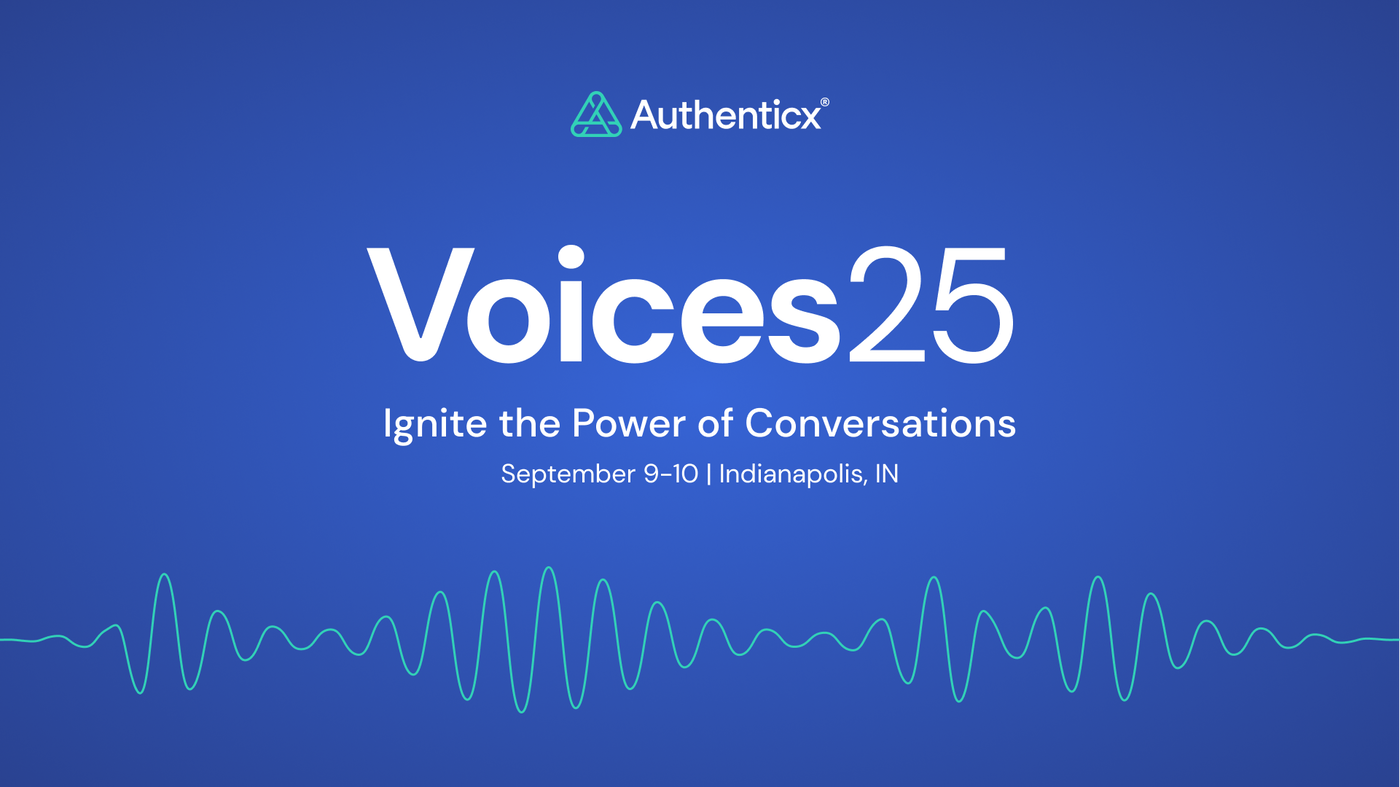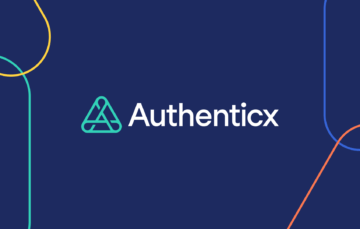
When it comes to human conversations in contact centers, achieving a high level of compliance is neither easy nor a “black and white” matter. As with all human interactions, conversations hosted by contact centers can be unpredictable and messy…yes, even if your agents are following a call guide or script. Contact center compliance is a challenge to organizations looking to ensure they are providing the right information to their customers while also appropriately notifying governing bodies as necessary.
Consider the following scenario:
Your patient services team has created a fabulous new compliance training program, chock-full of content to help your patient contact center agents maintain compliance with regulatory and corporate requirements. The training includes eye-popping visuals, great layman’s descriptions of the compliance criteria, and creative hypothetical storylines. Upon launching the program, the data shows that the majority of your trainees pass the quiz at the end of training on their first try.
Success! Right?….well, maybe not. At Authenticx, we specialize in analyzing recorded customer conversations in healthcare contact centers. Time and time again, we’ve learned that even the best corporate training programs haven’t produced consistently compliant customer conversations.
Below are the top 3 key drivers of non-compliance that we observe in healthcare contact centers and our recommendations for reducing risk:
1. The Fox is Guarding the Henhouse
Whether enterprises outsource their contact center solution to a third party or manage it in-house, oftentimes the leaders responsible for daily operations are also charged with monitoring their own quality and compliance.
This can be problematic for a number of reasons. First, it’s challenging to remain unbiased when utilizing your own tools to assess the compliance of your own people. Compliance leaders rely on their vendors or call center colleagues’ biased performance reports, rather than deploying their own compliance analysis with a more independent and objective perspective.
Second, many contact centers use their own telephony platform tools for compliance and quality evaluation monitoring, or worse yet, they use Excel. These types of forms lack configurability, automation, and flexibility, causing leaders to waste time on manual solutions for assessing compliance.
Third, in the case of multiple outsourced contact centers, contact center data, including reporting and call or text files, are produced on different platforms with wildly varying outputs. Compliance leaders are forced to spend hours decluttering and assimilating data into something useful enough to surface trends and themes.
To reduce the “fox guarding the henhouse” phenomenon:
- Consider deploying a monitoring and reporting software that is agnostic to your contact centers’ limitations.
- Drive greater independence and objectivity by using technological solutions and having compliance personnel perform monitoring to ensure you are uncovering the truth in your compliance performance.
- Check your vendor contracts to ensure that you, the buyer, have access to recorded customer interactions and can require vendors to cooperate with independent compliance programs.
2. Real Life Isn’t Like the Textbooks
We’ve studied hundreds of thousands of these interactions, and the truth is, even the most beautifully crafted hypothetical training scenarios can’t touch the reality of what goes on in these customer-to-agent conversations.
There is enormous variation in how humans communicate about their healthcare needs due to the rich diversity in cultural, socio-economic, and language factors, not to mention individual life experiences. When you add in the required customer vulnerability of sharing their health-related information, these conversations become incredibly unique and personal.
In healthcare contact centers, maintaining compliant conversations goes well beyond following proper patient identification or HIPAA procedures. Agents walk the gnarly tight rope of providing empathetic assistance without overstepping bounds and veering into providing medical advice. Also, agents’ ears must be attuned for often vaguely reported adverse events or quality of care complaints about their providers.
At Authenticx, we utilize speech analytics and our compliance monitoring and reporting platform to identify the complexities and root issues associated with non-compliant conversations. Some of our learned lessons include:
- Calibrate, calibrate, calibrate—ensure that your compliance leaders are hearing real-life scenarios on a regular basis and incorporating that knowledge into their policy guidelines.
- Create a de-identified, anonymous set of audio and text excerpts for internal training purposes. Hearing or reading actual conversations creates enlightened policies and training programs.
- If you don’t yet have automated, real-time compliance notifications that allow leaders to nip compliance errors in the bud, then you’re missing an opportunity. Incorporate technology that allows for immediate course correction to prevent future compliance events from occurring.
3. There Isn’t Enough Emphasis on a Shared Understanding of Contact Center Compliance Requirements
The overwhelming majority of contact center agents desire to meet both compliance and quality expectations. Still, achieving audit-ready, independently validated compliance is challenging. After studying contact centers for years, it is clear that the #1 reason for non-compliance is misinterpretation of the guidelines. For enterprises that contract with multiple contact centers, maintaining a consistent and shared understanding of compliance requirements is a full-time job.
And, how do you know whether or not there is shared understanding? The best and most effective ways are to:
- Utilize a singular platform that allows you to analyze and assess compliance of actual customer interactions across all your contact centers
- Compare performance by brand, service, and vendor on this common platform
- Monitor, analyze, and calibrate findings on an ongoing basis – do not wait for quarterly reporting
- Implement real-time course corrections using technology that automates compliance-event identification and notification
The key to all of these strategies is to relentlessly pursue an objective discovery of what is actually occurring in your contact centers. Doing so will allow you to be proactive, in control, and informed as you continually evolve compliance policies and training programs to match your organization’s needs.
If you’re interested in learning more about how Authenticx can help compliance programs truly reduce risk, we encourage you to check out the resources below or reach out for more information:
- Authenticx for Compliance
- Increase Visibility and Oversight of Contact Center Compliance with Authenticx
- Contact Us
About Authenticx
Authenticx was founded to analyze and activate customer interaction data at scale. Why? We wanted to reveal transformational opportunities in healthcare. We are on a mission to help humans understand humans. With a combined 100+ years of leadership experience in pharma, payer, and healthcare organizations, we know first-hand the challenges and opportunities that our clients face because we’ve been in your shoes.
Want to learn more? Contact us!
Or connect with us on social! LinkedIn | Facebook | Instagram


